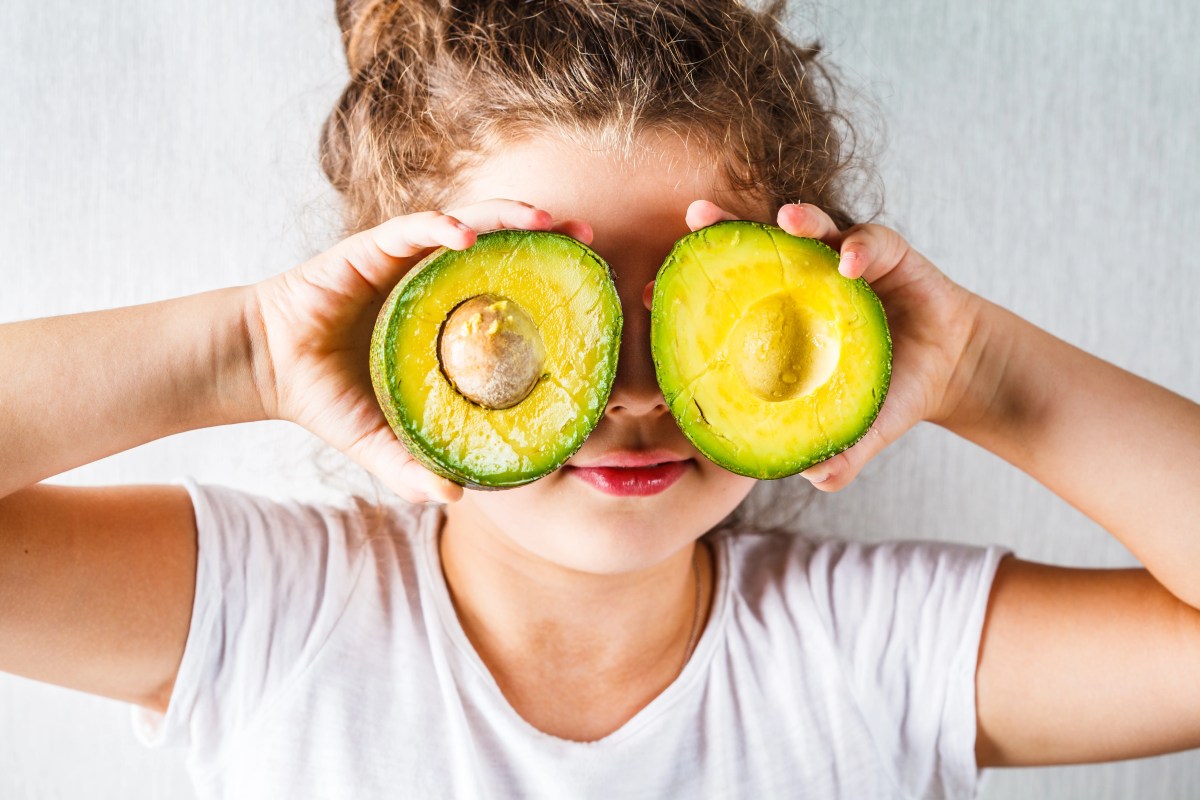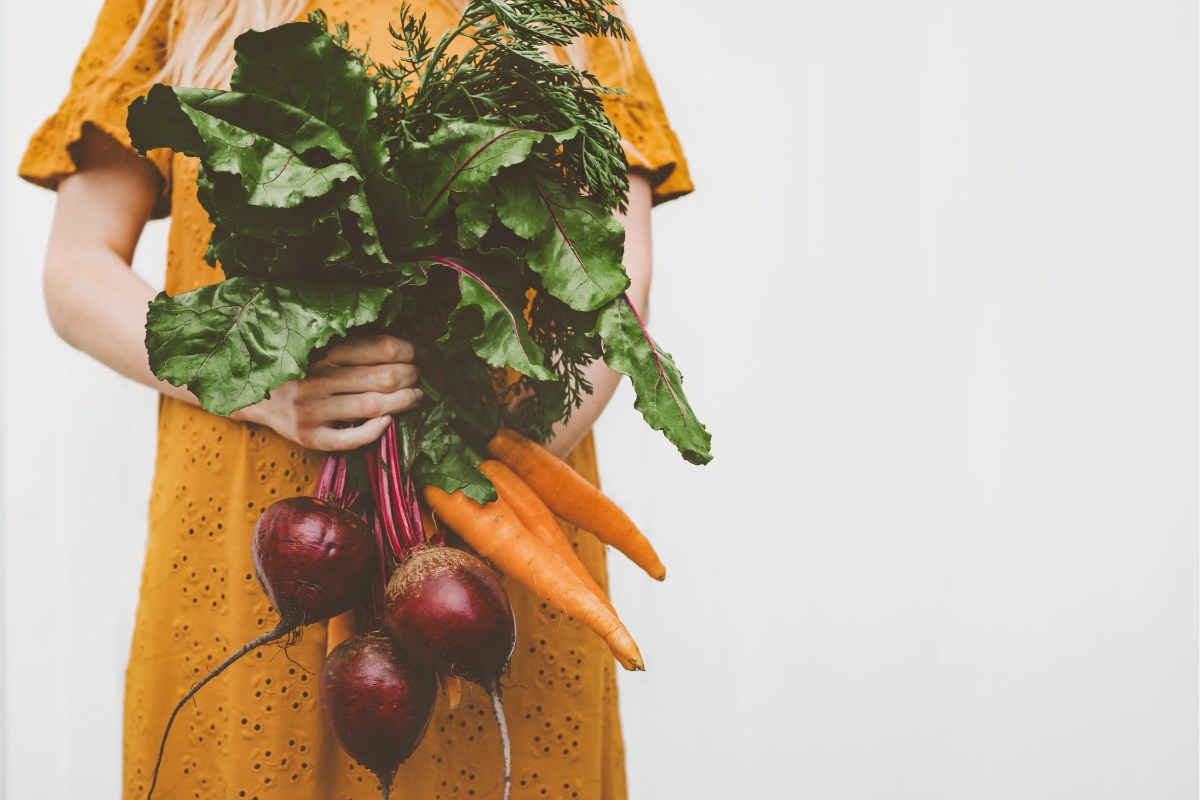Your cart is currently empty!
Our Nerd Council Expert, Dr. Manasa Mantravadi is a board certified pediatrician who practices in Indiana as a Pediatric Hospitalist. In 2019, Dr. Mantravadi received the “Physician Mentor of the Year” award at Indiana University School of Medicine, the largest medical school in the country. She is on a mission to help create a safer,…
Here’s What You Need To Know:
- Did you know that a plant-based diet can be a healthy option for your children AND is better for the planet?
- It is both of these things according to guidance published by the American Academy of Pediatrics (AAP).
- There is little information available for children – often leaving parents confused on how to appropriately serve a plant-based diet in accordance with their child’s unique nutritional needs.
- You can start introducing these concepts to your baby as you introduce solids. Yumi’s delicious array of fruits, vegetables, and plant-based protein is a great choice (you can even serve them on the AAP recommended non-toxic, safe material of choice – stainless steel – with Ahimsa’s colorful starting solids set).
Why choose a plant-based diet?
#1 Your family’s health
It can be a beneficial choice for your family’s health. Plant-based diets have been shown to have health benefits, such as a lower risk of diabetes, high blood pressure, cancer, osteoporosis, and heart disease. In fact, the process of atherosclerosis likely starts in childhood, so adopting healthy eating at a young age can help your child in adulthood. According to the Academy of Nutrition and Dietetics, other benefits of a vegetarian diet in childhood and adolescence include greater consumption of fruits and vegetables, fewer sweets and salty snacks, and lower intakes of total and saturated fat. So, consuming balanced plant-based diets early in life can establish healthy lifelong habits!
#2 The health of the planet
Meat and dairy production require more water and land. This contributes to higher greenhouse gas emissions and ultimately, climate change. If each person in the United States gave up meat and dairy products on one or more days of the week – we would significantly reduce carbon emissions and waste byproducts that end up in our oceans. A simple and incremental shift away from animal-based foods can help the one and only planet we have!



Remember that this does not necessarily mean you stop eating all meat or dairy products. It means that a majority of your food comes from plant-based sources such as vegetables, fruits, nuts, legumes, beans, and grains. A gradual shift is best if you are heavy on animal products for your family but want to make some changes. Here are a few tips from the AAP:
Plant-Based Diet Tip #1
Make at least half of your plate vegetables at lunch and dinner, choosing vegetables that are a variety of colors. Also aim to eat green leafy vegetables at least once per day.
Plant-Based Diet Tip #2
Eat smaller amounts of meat or eliminate meat altogether from 1-2 meals per week for your family. Plant-based protein options that can create a filling meal include beans, tofu, lentils, and nuts. Make the same dish that your child loves and slowly transition to the meat-free recipe (your child won’t even notice!). Here is an example by Dr. Chu.
Plant-Based Diet Tip #3
Choose healthy fats, which can be found in nuts, seeds, avocado, olives, and olive oils.

Can my child still have healthy growth if we start following a plant-based diet?
In my home, we are vegetarians so our plant-based diet that includes eggs and dairy ensures our children will have the necessary nutrients for healthy growth. An egg- and dairy-free vegan diet can also be healthy and complete, but it is important to maximize the sources of vitamin B12, calcium, zinc, vitamin D, and iron. You should talk to your Pediatrician for some great advice on vegan diets for children.

Here are a few sources of these important nutrients:
Vitamin B12: vitamin-fortified cereals, bread, soy milk, nutritional yeast, or in some supplements
Calcium: kale, broccoli, dried beans, calcium-fortified soy milk
Iron: chickpeas, lentils, kidney beans, tofu, dried fruits, whole grains,
kale, cabbage, broccoli, iron-fortified bread, and cereals
Zinc: hummus, potatoes, nuts, fortified cereal, dried beans, pumpkin seeds
Vitamin D: fortified cereals, fortified milk substitutes, mushrooms, or in some supplements
What About Protein?
Most people think of meat when they think about protein in a meal.
Did you know that The World Health Organization has classified red meats as possible carcinogens, and processed meats as carcinogenic to humans? No need to be scared – there are wonderful plant products that are packed with protein and in recent years, more choices have become available.
Most parents ask me this question when considering plant-based diets: Can plant-based proteins give children all the nutrition they need?
Protein is an essential macronutrient at any age. According to the Harvard School of Public Health, getting proteins from plants is a healthier choice than getting this nutrient from meats.
However, most parents don’t realize what their child’s actual protein needs are. Children between ages 1 and 3 years need about 13 grams of protein per day, from 4 to 8 years old they need 19 grams per day, and greater than 9 years old between 46 to 52 grams per day. So often, it’s much less than you think for very young kids.
There are many foods that can meet a child’s protein needs besides meat.
- A vegetarian diet would include some animal-based products like eggs, yogurt, milk, and cheese which are good sources of protein.
- Beans and grains: Soy products like soy milk, tofu, and nuggets, lentils, chickpeas, nut butter, hummus, oatmeal, or whole wheat pasta are all great options.
- Vegetables. Yet another reason to get kids to eat their veggies! Peas, broccoli, and even potatoes have smaller amounts of protein.
Summary
I believe knowledge is power and now, you can be empowered to take some simple steps toward a healthier future! As parents, we have a unique opportunity to make small incremental changes that not only affect our family’s health but that will protect that planet we leave behind for our children. The American Academy of Pediatrics, Council on Environmental Health, is considering giving some more formal guidance for parents on this topic so stay tuned. In the meantime, cheers to happy healthy eating!
Most recently Dr. Manasa launched the world’s first colorful stainless steel dinnerware for kids, Ahimsa, after the American Academy of Pediatrics (AAP) recommended using glass or stainless steel instead of plastic in 2018. She is now on the Council for Environmental Health at the AAP and educates parents about endocrine disrupting chemicals in plastic and other consumer goods to empower them to make evidence-based decisions for their family.
Sources
- Harvard T.H. Chan School of Public Health. The Nutrition Source – Protein. Accessed April 6, 2021. https://www.hsph.harvard.edu/nutritionsource/what-should-you-eat/protein/
- Patel L, Millstein A. Plant-based diets: are they good for kids?. Updated June 2, 2020. Accessed April 6, 2021. https://www.healthychildren.org/English/healthy-living/nutrition/Pages/Plant-Based-Diets.aspx
- Melina V, Craig W, Levin S. Position of the academy of nutrition and dietetics: vegetarian diets. J Acad Nutr Diet. 2016;116(12):1970-1980. doi:10.1016/j.jand.2016.09.025
- Rachael Zimlich, RN, BSN. Plant-based protein diets for children. Contemporary PEDS Journal, Vol 38 No 4, Volume 38, Issue 4












